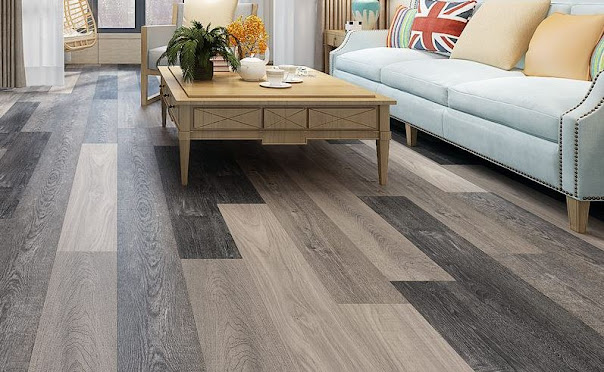What Are The Advantage Of Persian Carpets With Many Of The Most Famous Palaces And Mansions Across The Globe Featuring Magnificent Examples?
Persian Carpets are some of the most beautiful, luxurious and exquisite hand-woven textiles in the world. They are renowned for their richness of colour, variety of spectacular artistic patterns and quality of design, with many of the most famous palaces and mansions across the globe featuring magnificent examples.
The art of making Persian Carpets dates back to ancient times, with historical records revealing that the Achaemenid Empire (550-330 BCE) decorated its royal court with magnificent carpets as well as the tomb area of Cyrus the Great at Pasargade. During the Persian Golden Age, weavers developed a wide variety of designs and motifs, many of which are still used today.
Use Of High-Quality Materials, Colours And Patterns
Rugs of different sizes and shapes were woven in Persian towns, regions and villages throughout the country. They range from large-format rugs called Ghali or Dozar to small flat-weaves like Kilim, Soumak and Suzani.
Carpets woven in towns and regional centres such as Tabriz, Kerman, Ravar, Neyshabour, Mashhad, Kashan, Isfahan, Nain and Qom are distinguished by their specific weaving techniques and use of high-quality materials, colours and patterns. Town manufactories like these played an important historical role in reviving the tradition of Persian carpet making after periods of decline.
Made With A Very Fine And Long-Lasting Wool
Most Iranian rugs are made with a very fine and long-lasting wool, which is then dyed in a variety of colours and finishes. The process involves the immersion of the yarn in a mordant for a certain amount of time to make it susceptible for the desired colour. The yarn is then allowed to dry, exposed to sunlight and air, before being cut off.
Traditionally, the weavers of the country use natural dyes, which are often obtained from plants or vegetables such as pomegranates, turmeric and Indigofera tinctoria. The dyes are then applied to the warp and weft, creating a rich and varied palette of colours.
These colours are then worked into the surface of the pile, which is then tufted to a final finish. This is a very time-consuming, labour-intensive process, and can be quite expensive.
Provide The Optimum Balance Of Strength And Flexibility
Other natural dyes can also be used to add colour and texture to the finished rug, such as azo-based dyes which are able to blend with the natural colours of wool. These can be used to create subtle and subdued effects in a carpet, or more dramatic and colourful results.
Another important aspect of Best Persian Carpets-making is the knotting technique. Several types of knots are employed, with the most common being the Senneh and the Senneh-Tepi knots. These knots are designed to provide the optimum balance of strength and flexibility.
Conclusion:
They can be used for both thick and thin pile, and are also used to create different textures. The knots are often combined with asymmetrical tufting, which adds an interesting dimension to the finished carpet.
Knotted carpets have a very strong connection with the Persian people. They have been a part of the daily life of the country and are an essential part of their culture, identity and wealth. The art of knotting a carpet has passed down through the generations, and nomads & craftsmen in villages across the country are still very much involved with this ancient craft.
.jpg)



Comments
Post a Comment